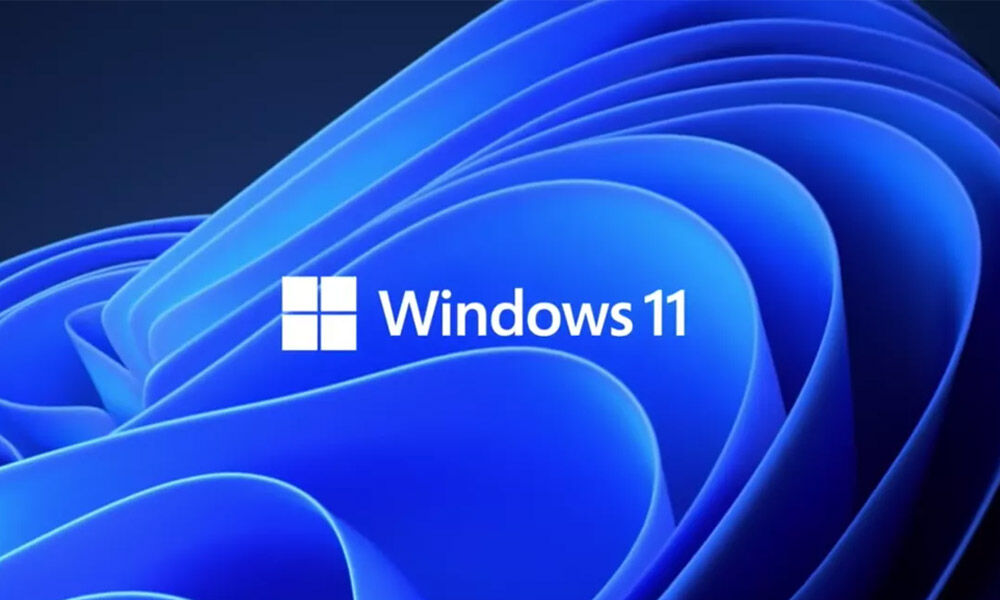Show me the way to go home, I'm tired and I want to reverse this delta
Microsoft is boasting of how it reckons to have reduced the size of Windows 11 updates. Surprisingly "cutting hardware support" didn't feature.
The monthly cycle of fixes for Microsoft's wares has been the bane of many an administrator's life over the years. The operating system's decision to go for a lengthy lie-down at inopportune times while updates were being downloaded and applied have become something of a running joke, particularly with much of the world's move to remote working and occasionally iffy domestic internet connectivity.
Microsoft began taking steps to address its package-size from the Windows 10 October 2018 Update (aka 1809) by using paired forward and reverse compression rather than the simple differential update of previous versions, which could get quite hefty and be painful to administer.
While forward and reverse differentials addressed some of the woes associated with updates, issues remained and Microsoft recognised that the downloads could still be substantial. Particularly when one considers corporate infrastructure having to run via VPN to newly remote users who will still require updating, regardless of problematic bandwidth.
For Windows 11, Microsoft tinkered with the process once again. Because of the need to be able to back out changes, a reverse delta (to reverse changes made) was required. However, rather than distribute a reverse delta, the company has realised that "transforms and patches can be 'observed' by the delta apply step, and efficiently re-encoded into a reverse delta". As such it has made a provision for a US patent application under the heading "REVERSE UPDATE DATA GENERATION" (no. 63/160,284).
The approach has therefore meant the target device maintains its own path back to its original state, and Microsoft need only distribute the forward delta. The saving, according to Microsoft, is a 40 per cent reduction in update size.
"This benefits our customer base who will need to download less to remain up-to-date and secure," boasted Microsoft.
Far be it from us to suggest that Microsoft might turn its mighty intellect toward figuring out why it needs to ship so many patches in the first place. ®
- Karlston
-

 1
1



Recommended Comments
Join the conversation
You can post now and register later. If you have an account, sign in now to post with your account.
Note: Your post will require moderator approval before it will be visible.